بیوبانک نقشهبرداری مغز ایران (IBMB)
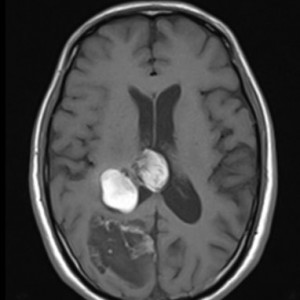
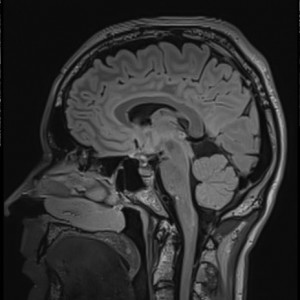
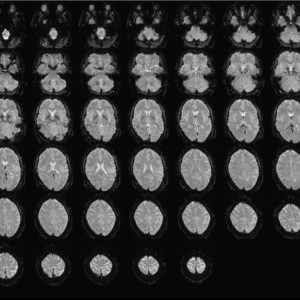

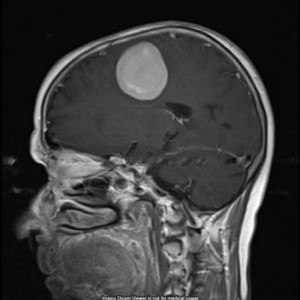
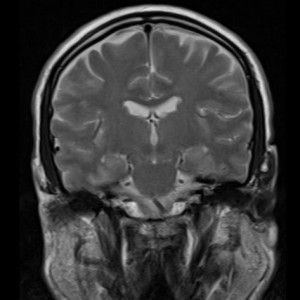
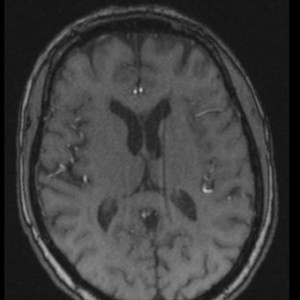
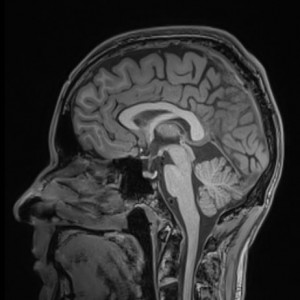
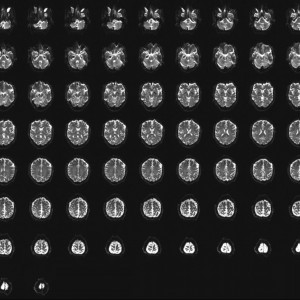
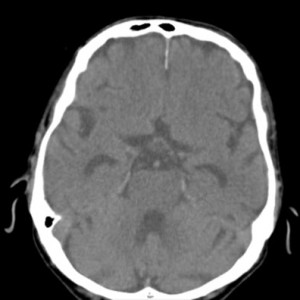
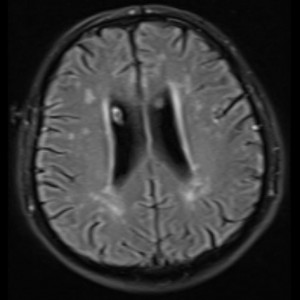
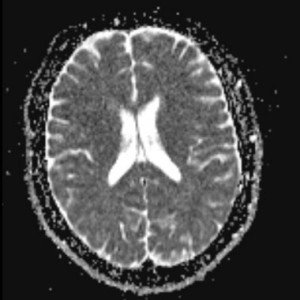
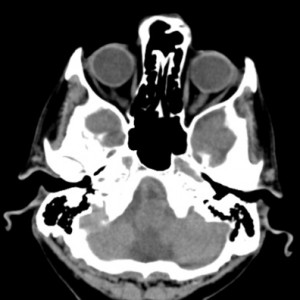
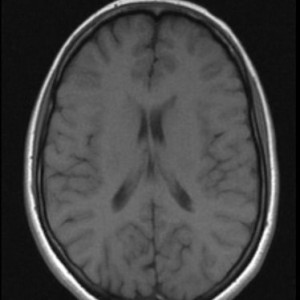
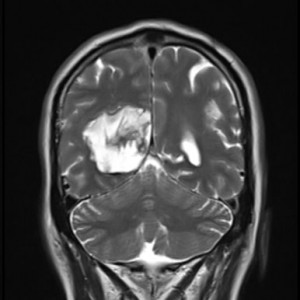
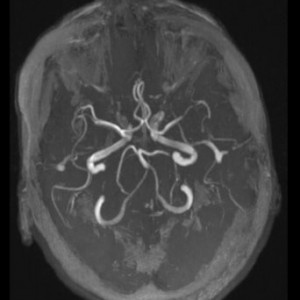
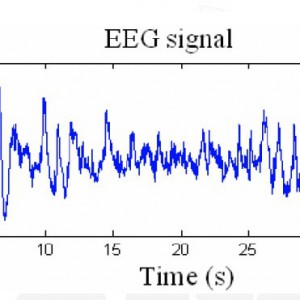
آزمایشگاه ملی نقشهبرداری مغز ایران، در سال ۱۳۹۷، بیوبانک نقشهبرداری مغز ایران را با هدف میزبانی نمونههای انسانی حوزه نقشهبرداری مغز جهت دسترسی تمامی پژوهشگران کشور، راهاندازی کرده است. در بیوبانک نقشهبرداری مغز ایران، نمونهها و اطلاعات مربوط به پروژههای پژوهشی انجامشده در آزمایشگاه نقشهبرداری مغز و نمونههای گردآوریشده از سایر مراکز پژوهشی و بالینی کشور، طبقهبندی و نگهداری میشود.
چشمانداز بلندمدت بیوبانک نقشهبرداری مغز ایران، کمک به دستیابی به مرتبطترین نمونههای پژوهشی و تسهیل و تسریع انجام پژوهش در حوزه مغز است. همچنین، بیوبانک نقشهبرداری مغز میتواند بسترساز کاربردهای معینی مانند توسعه سامانههای هوش مصنوعی، رادیومیکس و استخراج دادههای کمّی از تصاویر مغز باشد.
کمیتههای مشورتی بیوبانک نقشهبرداری مغز ایران
بیوبانک نقشهبرداری مغز ایران، حاصل یک کار گروهی با همکاری متخصصان رشتههای متفاوت است. چهار کمیته تخصصی بالینی، پاراکلینیک، تصویربرداری و مهندسی-علوم پایه، بیوبانک را در تعریف ساختار اطلاعات و نحوه میزبانی انواع متفاوت نمونهها کمک میکنند.

شکل ۲: کمیتههای مشورتی بیوبانک نقشهبرداری مغز ایران
اهداء داده به بیوبانک نقشهبرداری مغز ایران
بیوبانک نقشهبرداری مغز ایران، میزبان انواع نمونههای مرتبط با حوزه نقشهبرداری مغز گردآوریشده در تحقیقات و روالهای درمانی گوناگون است. پژوهشگران و درمانگران میتوانند در صورت تمایل، دادههای پژوهشی و بالینی خود را به بیوبانک نقشهبرداری مغز ایران، جهت استفاده آتی سایر پژوهشگران کشور اهداء کنند. اهداکنندگان داده، ضمن نقشآفرینی در پیشبرد اهداف پژوهشی کشور و یاریرساندن به سایر پژوهشگران در تسهیل و تسریع انجام پژوهشها، از مزایای ارایهشده به اهداکنندگان از جانب آزمایشگاه ملی نقشهبرداری مغز ایران برخوردار خواهند بود. این مزایا مشتمل بر امکانات بهرهبرداری از خدمات آزمایشگاه نقشهبرداری مغز و هدایای نقدی متناسب با کمیت و کیفیت نمونههای اهداشده است. هم چنین، طی تفاهم نامه های منعقدشده میان اهداکنندگان و دریافتکنندگان داده بیوبانک، تعهداتی از جمله ارجاع به مقالات منبع نمونهها، برعهده دریافتکنندگان داده خواهد بود.
اطلاعات تماس بیوبانک نقشهبرداری مغز ایران
نشانی: ایران، تهران، خیابان کارگر شمالی، پردیس دانشکدههای فنی، ضلع جنوبی دانشکده برق، آزمایشگاه ملی نقشهبرداری مغز
تلفن: ۰۲۱۸۶۰۹۳۱۰۹ (داخلی ۱۶۰)
فکس: ۰۲۱۸۶۰۹۳۱۶۰
وبسایت: ibmb.nbml.ir
ایمیل: biobank.nbml@gmail.com
